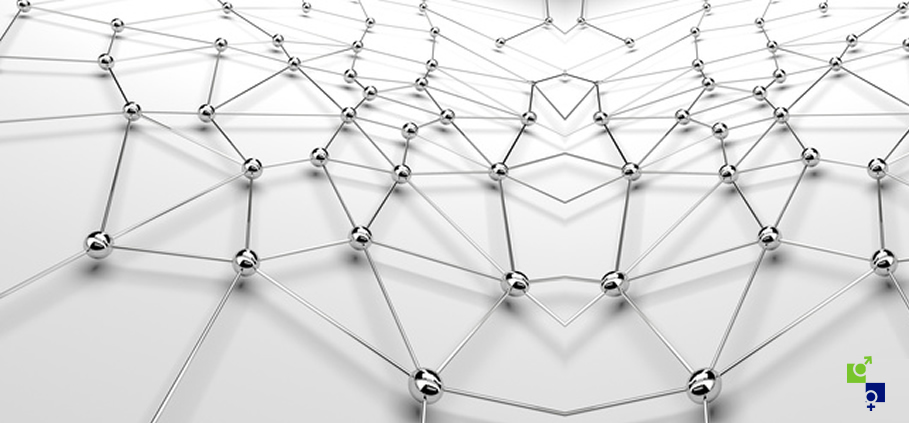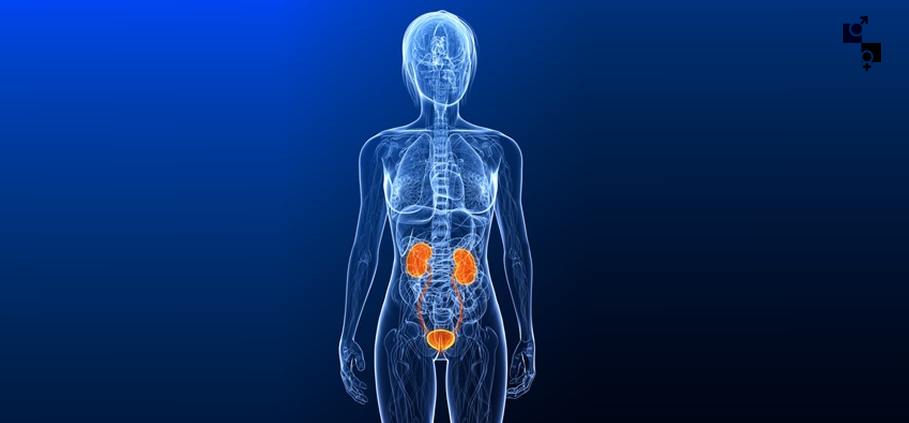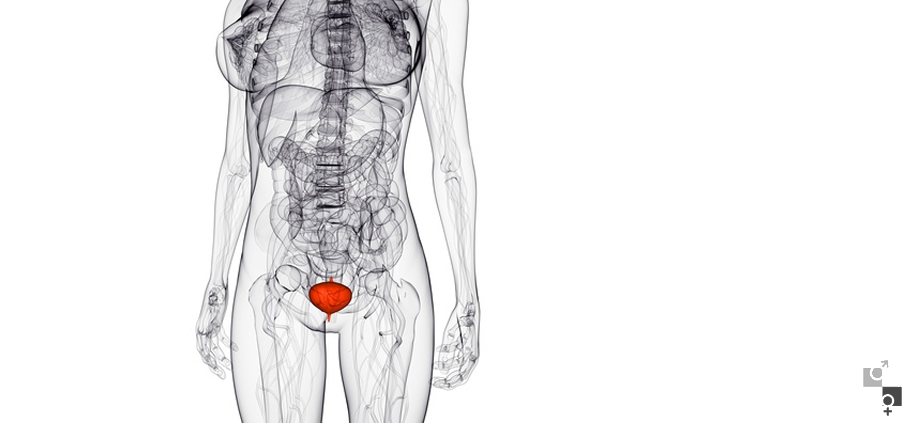Urinary Bladder Diseases
- •Urinary Bladder Cancer
- •Urinary Bladder Injuries
- •Congenital Bladder Anomalies (Anatomical Anomalies)
- -Bladder exstrophy
- -Urachal anomalies
- -Cystic-Urethral retrogression
- -Bladder Neck Stenosis (Marion Disease)
- •Infections – Inflammations of the Urinary Bladder
- -Acute cystitis
- -Chronic cystitis
- -Interstitial cystitis
- -Alcaline Encrusting Cystitis
- -Actinic cystitis
- -Cystic Cystitis
- -Eosinophilic cystitis
- •Urination Disorders
- -Abnormal urination frequency (urinary urgency)
- -Dysouria
- -Urinary retention
- -Urinary incontinence
- •Urinary Bladder Lithiasis
Urinary Bladder Cancer
Urinary bladder cancer is the 4rth in incidence cancer in males and 8th in incidence in females. It stems from genetic alterations of the normal urolethium. Despite the fact that the cause is not known, certain environmental factors identified to be associated with carcinogenesis:
- -Occupational factors (long-term exposure to various chemical agents)
- -Smoking
- -Pharmaceutical substances - medications
- -Schistosomiasis (bilharziasis)
- -Chronic irritation and infection of the bladder
- -Radiotherapy of the pelvis
- -Coffee and sweeteners (their association with bladder cancer is ambivalent)
Today, bladder cancer is classified in two large categories:
- 1.Superficial: Detected in the mucosa.
- 2.Invasive: this cancer invades the muscular wall and may even extend beyond (out of) it too.
The basic symptom of urinal bladder cancer is the painless presence of blood in the urine (hematuria), which can be either continuous or interrupted (after one occurrence, the blood may be clear for a period of time). Only a small percentage of patients experience cystic problems, such as frequent urination, dysouria etc.
Treatment of the disease must be immediate and needs surgical operation.
Urinary Bladder Injuries
Although the urinary bladder is well-protected by the pelvic bones, it can be traumatized with a penetrating instrument through the abdominal walls or when crashed by the pelvic bones. The urinary bladder injuries are classified into:
- -Ruptures
- -Intraperitoneal bladder rupture
- -Extraperitoneal bladder rupture
- -Combined rupture
- -Middle bladder tissue rupture
The symptoms observed in urinary bladder rupture is pain, hematuria, urine retension and abdominal - pubical distension. Its treatment is surgical.
Congenital Urinary Bladder Anomalies (Anatomical Anomalies)
- -Bladder exstrophy
It is the severest congenital urinary tract anomaly. It is characterized by a group of urinary tract, genetic, myosceletic and sometimes gastroenteric systems anomalies. One of the most serious types of bladder exstrophy is “cloacal exstrophy”. The treatment of these conditions is surgical and includes a series of corrective operations.
- -Urachal anomalies
This anomaly is accompanied by a partial bladder distention and its clinical manifestation is urine leakage from the navel, in parallel with the normal urination through the urethra. It requires surgical treatment.
- -Cystic-Urethral retrogression
It is a pathological condition, in which during urination or filling of the bladder, there is urine retrogression from the bladder back to the ureter and the corresponding kidney.
- -Bladder Neck Stenosis (Marion Disease)
This condition is rarely observed and there is doubt whether bladder neck stenosis really exists. It is considered to be caused by the development of a fibrous plexus on the bladder neck and is observed more often in boys. Treatment is surgical.
Urinary Bladder Infections - Inflammations
- -Acute cystitis
It is the commonest form of urinary infection and is especially observed with women, while in men it is usually secondary infection. The symptoms are frequent urination, burning sensation upon urination and pyuria. In severe cases there is also hematuria and rarely fever (in this case the infection has been spread to the kidney or the prostate). It is treated with administration of medication. video video2
- -Chronic cystitis
When the acute cysticis turns chronic due to ineffective treatment and poor hygiene. It has mild symptoms, such as mild pain, frequent urination, pain in the low abdomen. The symptoms are much milder than those of acute cystitis. Treatment is via administration of medication. It is also imperative that there be correct diagnosis and treatment of the agent that causes or sustains the condition. video video2
- -Interstitial cystitis
The causing agents of this type of cystitis are unknown. The symptoms are persistent and intense. There is no evidence in the urine and the condition does not remit with the usual treatment, on the contrary it is difficult and painful.
- -Alcaline Encrusting Cystitis
A bacterial infection of the urinary bladder caused by urea-splitting organisms. These change the Ph of the urine into alkaline and cause calcification of bladder areas, resulting in the creation of crystalic and calcareous depositions in the bladder.
- -Actinic cystitis
A result of urinary bladder radiotherapy which damages on the bladder walls resulting in reduced bladder capacity, frequent urination and intense hematuria.
- -Cystic Cystitis
A rare form of cystitis, characterized by the creation of small cysts in the mucosa and the submucosa. It is caused by various bacterial agents.
- -Eosinophilic cystitis
Another rare entity. It is probably an immunological reaction of the bacterial agent and is characterized by eosinophil concentration in the bladder mucosa.
Urinary Disorders
- -Abnormal urination frequency (urinary urgency)
It is a urination disorder, in which the patient has frequent urinations often without much result, as well as urination during the night (nocturnal enuresis). The causes of this condition may be infections, neoplasms and bladder calculi, as well as psychosomatic disorders.
- -Dysuria
It is the difficulty of the patient to empty their bladder upon urination. The causes of the condition are identified either in the bladder neck (adenoma, prostate cancer etc.) or the urethra and obstruct the urine passage. It can also be caused by detrusor muscle weakness (inability for normal contraction).
- -Urinary Retention
It is the inability of the patient to empty the bladder with urination. Retention is categorized into “complete” and “incomplete”.
- >Complete retention
It is usually acute, occurs without warning and is characterized by intense urinary urgency and pain in the low abdomen.
- >Incomplete retention (incomplete bladder emptying)
There are no symptoms that give a clear picture of the condition, other than evaluation of the renal function that may have been infected by the chronic urine retention.
- -Urinary Incontinence
Urinary incontinence is a condition in which there is unwilling leakage or loss of urine from the urethra, either continually or intermittently. Incontinence is not a disease, but rather a result or symptom of another medical problem, consequently the focus during the examination of a patient suffering from incontinence is on the identification of the incontinence type and its real cause. Urinary incontinence is categorized into:
- >Stress Incontinence
It is the involuntary loss of urine upon increase of the intraabdominal pressure (cough, laughter, childbirth, menopause etc.). It occurs to 5-7% of the female population. The main damage is caused by the loss of the normal urethral resistance (outer sphincter failure) due to improper support of the bladder neck and the urethra.
- >Urgent Incontinence
As such is defined the involuntary loss of urine after intense urge to urinate and inability to voluntarily suspend detrusor contraction. It can occur after urinary tract infections, bladder stones, radiotherapy exposures of the area etc.
- >Over-flow Incontinence
It occurs when the intra-abdominal pressure exceeds the maximum urethral resistance. The causes of this condition may be the use of certain medications, diabetes mellitus, or a surgical operation in the pelvis etc.
- >Total Incontinence
It is the incontinence type which can occur all the time and under any conditions.
- >Mixed Type Incontinence
It is the co-existence of two types of incontinence in the same patient.
Male incontinence of urine in the majority of cases is due to
- >Incontinence after prostatectomy
- >Incontinence due to injuries of the pelvis
- >Incontinence due to acquired neurological conditions
- >Incontinence due to congenital conditions which harm the neurosis of the bladder and the urethra.
Another type of incontinence is Enuresis (Nocturnal enuresis or Bedwetting), the involuntary urine loss in bed during the night, and we refer to persons of 3 years of age and older. In 50% of the cases, the cause of this phenomenon is a developmental delay or a neurogenic bladder dysfunction. In 30% of the cases there is a psychogenic cause and the remaining 20% is the result of another condition.
Women are more prone to developing incontinence than men, with the possibilities to increase with age.
Urine incontinence also has a psychological and social impact on the people who face this problem and has a negative effect in their quality of life. There is a decrease in their social activities, decreased sexual desire, shame, lack of self-confidence, and in many cases depression.
Urine incontinence can be cured, and the therapeutic methods vary according to the type of the incontinence and the disease that causes it.
-Urinary Bladder Lithiasis
Bladder calculi may be “heterogenous”, which descended from the kidneys and could not be rejected, and “indigenous”, which were created in the bladder because of urine retention. The main symptoms are dysuria and hematuria. Treatment is intervention or surgical operation in the case of a very large calculus. video



